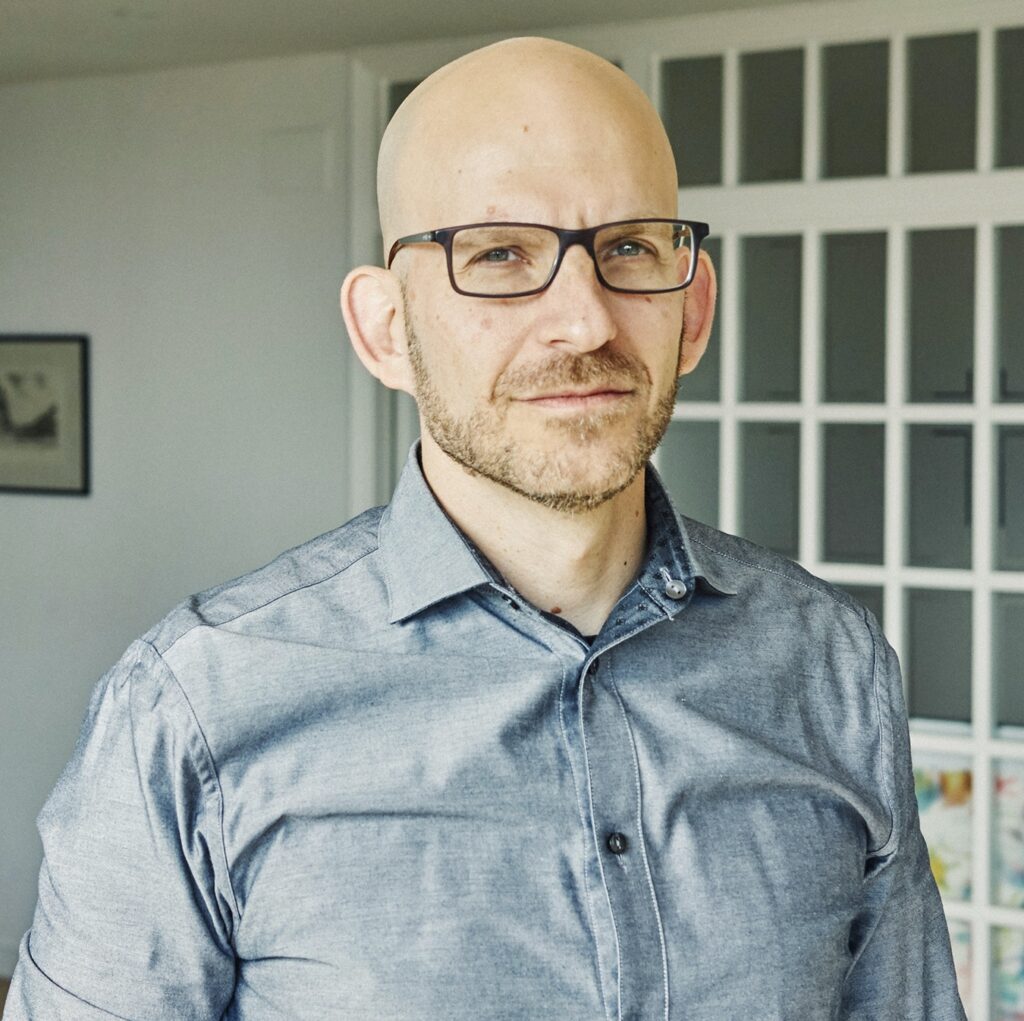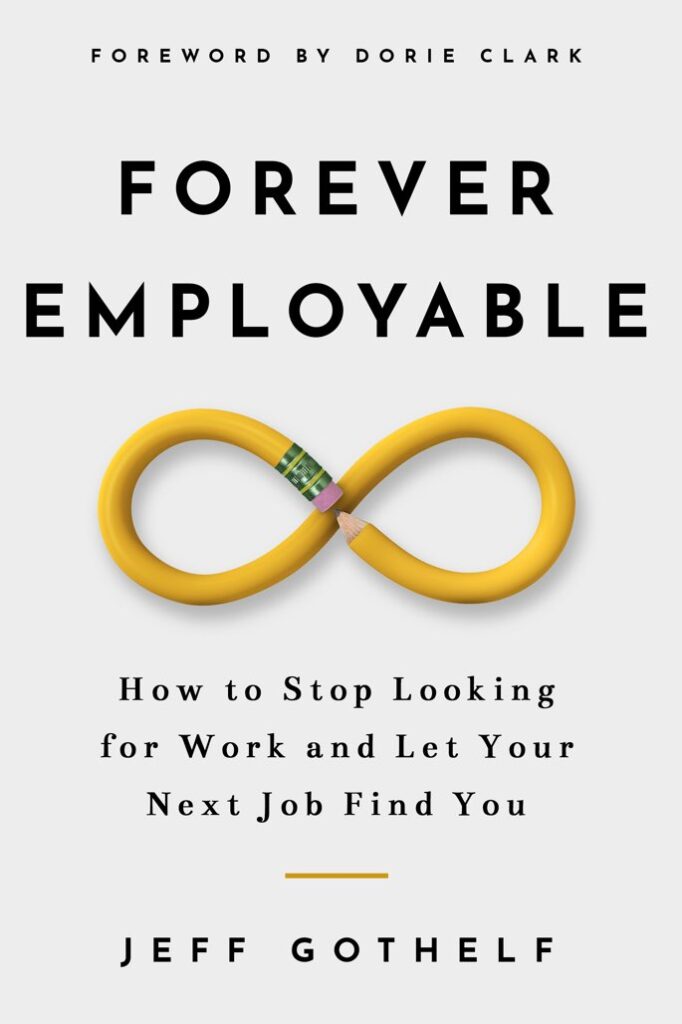Episode 10: with Jeff Gothelf, coach, consultant and keynote Speaker
Today we are joined by Jeff Gothelf. Jeff helps organizations build better products and executives build the cultures that build better products. Through the use of concepts like Design Thinking, Lean UX and agile software development he brings a new approach to running organisations and the departments within them, most recently focusing on Human Resources and how they can be more agile as well as support agility in the organisation. Today, Jeff will explain to us how businesses could improve their employees’ performance with simple but meaningful changes and how he has successfully helped implement them.
See more at Sense & Respond (senseandrespond.co) and see Jeff’s latest book here: (1) Post | Feed | LinkedIn

Transcript:
Today, we’re joined by Jeff Gothelf. He helps organizations build better products and executives build cultures that build better products. Through the use of concepts like design thinking, lean, UX, and agile software development, Jeff brings a new approach to running organizations and the departments within them, most recently focusing on human resources and how they can be more agile, as well as support agility in the organization. He’s the co-author of the award winning book, Lean UX, and the Harvard Business Review, press book sense and respond. Starting off as a software engineer. Jeff now works as a coach, consultant, and keynote speaker, helping companies bridge the gaps between business agility, digital transformation, product management, and Human Centered Design. His most recent book, forever employable, was published in June 2020.

Jeff, you know, is better than anyone. Leadership is rewarding, but it’s also challenging. When I work one on one with senior leaders. There are two common points I discussed with nearly all managers and that being humble and learning. And I think these are points that you talk a lot about in some of your great books. The more our leaders learn from their mistakes and share these learnings in the public, it helps teams encouraged to do the same. But that requires real humility, and the confidence to be able to make these mistakes in public, and also a genuine commitment to learning and growing. I really appreciate your adage about giving people permission to fail. What’s your advice to executives, who want to build better companies, better cultures and be better leaders themselves?
Humility is misunderstood. I think many folks in leadership positions who hear that word get scared. They think it means abdication of leadership, or abdication of vision, kind of his lack of strategic directionality. And it doesn’t mean that at all humility, in my opinion, it’s actually a very simple concept. Humility simply means that you might have the experience you might have expertise. And based on that experience and expertise, you have a strong opinion about how things should be or something should work or the company should focus, etc. But in the face of evidence, you’re willing to change your mind. That’s it. That’s humility.
And if you got any advice for leaders on how do they start this process, if they can take that moment of some introspection and they can really look at themselves and dig deep and realize they want to make that change, they want to create that culture in the organization won’t be the first step.
In my opinion, there are at least two ways that a leader can start to mitigate the risk of creating that learning organization. Because that’s our goal, a humble learning agile organization. Now there are at least two things that a leader can do to start to reduce the risk of making that big transformational change. Number one is to get a coach for themselves and for the leadership team and to ask that coach to essentially take the work that the team is doing today that the leadership team is doing today, and transform it into a more evidence-based decision-making process built around short cycles, and real feedback from the folks that they’re influencing. And this is something that I’ve done. In the past, we worked with the leadership team of Capital One, the big US Bank for about six months, a few years ago, it’s exactly what we did. We took all 12 people who worked on the leadership team of that organization, and we transform their work to hypotheses, which is a fundamental shift in approach, right? It’s a cultural shift. The directive says, go build this, I know it’s right. Hypothesis says we believe that this will work. And if we see it is successful, this is the evidence that we’re looking for in the market to tell us that we were right.
Can you share with our listeners, your views on the value of short cycles in decision-making product design client feedback loops, and the positive impact that short cycles can have on managing risk?
Absolutely, a lot of these concepts they come from Agile Software Engineering, which has now kind of taken over well more than software engineering, lean startup and lean thinking. So if you’re familiar with lean, lean manufacturing, and then it’s going to it’s more recent incarnation of lean startup, there’s a heavy emphasis here or heavy basis in design thinking, the methodology that was popularized by IDEO, like it’s 2030 years ago at this point, and has become a mainstay of modern business. All of these ideas, all these methods, agile, lean design, thinking, they have different names for their practices, but fundamentally, they all speak about the same thing. They talk about starting with a problem to solve, not a solution to implement that’s very, very important. A solution assumes you know, all the answers. And that’s, that’s very risky. Because in all likelihood, you’re going to be wrong. A problem says, look, we understand that this is an issue for our customers and for us. And if we solve it, this is how we’ll know the problem is solved. We’re looking for behaviour change in the people who are using the things that we’re making for them, that tells us that we’ve positively impacted their lives. The next part of all of these methodologies to kind of bring boil them down into their core principles is short cycles. So short cycles, do a couple of things. First of all, they force a time box and time box is just a decision making, forcing function. It’s a forcing function that says, Okay, we have to make a decision right now about whether we are going to persevere with this initiative, pivot with this initiative, or kill this initiative. Now, in order to do that, you need to be able to make an evidence based decision, which means that the benefit of the short cycle is the level of investment. If you work on something for six months, or nine months or 12 months, and then you find out that you were wrong. That’s going to hurt. It’s going to hurt a lot. But if you work on something for Six days or two weeks, and you find out that you were wrong. Okay? Well, that was that that hurts a little bit. But you learn something, hopefully from that. And for the next two weeks, you can make better decisions. And so instead of waiting to find out whether or not we’ve made a good decision, we’re shortening the cycles. That’s the fundamental difference in all of this. And so all of these components that come together from lean agile, and design thinking can lay a solid foundation for reducing the risk. And really anything that you’re doing, be it building products or services, launching new HR initiatives, or rethinking the strategy of the organization.


One Comment
Comments are closed.